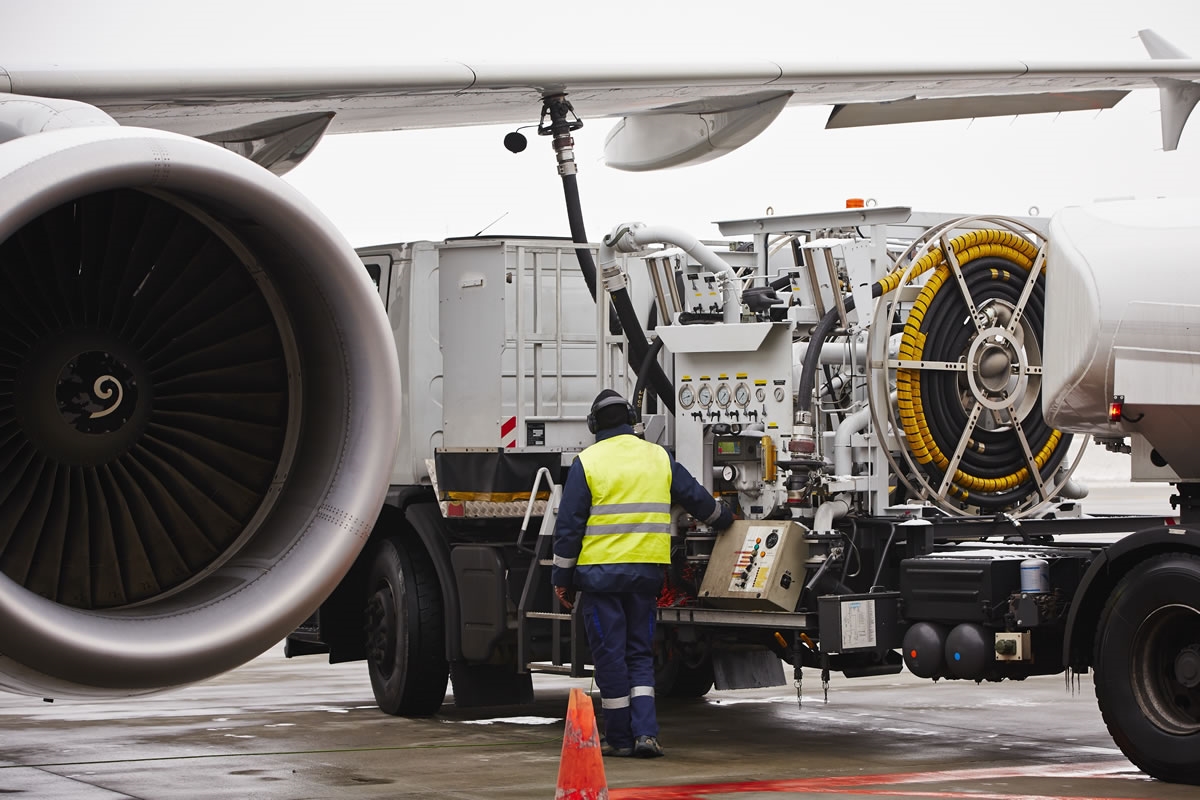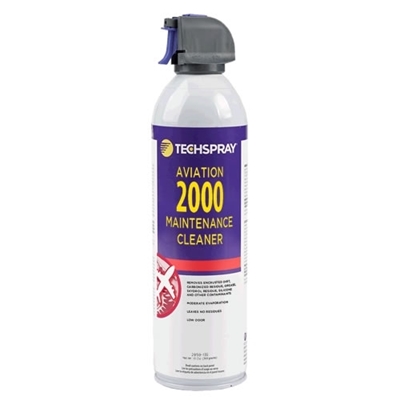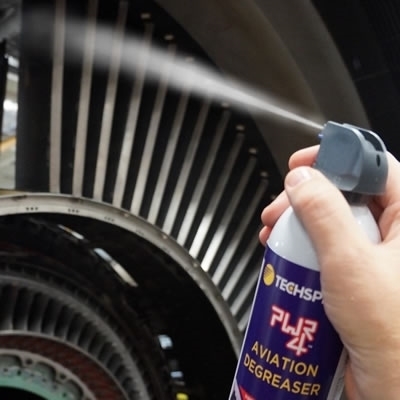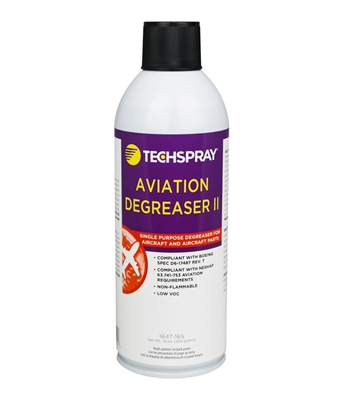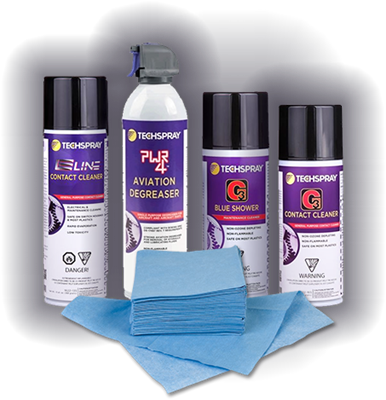Like all asset-intensive industries, airline operators struggle to maintain their return on capital employed (ROCE) above their cost of capital. Looking for efficiency gains, airlines have discovered that rigorous ground support equipment (GSE) management offers competitive and financial opportunities through optimized asset utilization and reduced total costs of ownership (TCO).
The global market value for GSE was over $13 billion in 20191, with that figure projected to reach $22 billion by 2022. Operator demands for increased operational efficiency, higher service standards, and for greener GSE drive this growth. Yet, new equipment purchases divert capital and can increase operating and administration costs.
Once seen as a necessary but expensive evil, GSE has become integral to enhanced operating productivity and safety. Rather than invest in new equipment, businesses are now seeking ways to extend their legacy GSE. Extensive GSE cleaning and maintenance programs are attracting increased attention from operators by offering reductions in equipment TCO while maximizing in-service life at a minimal cost.
Benefits from Optimal Ground Support Equipment (GSE) Operation
When you consider the potential impact of ground support equipment (GSE) on efficient airline operation, equipment deterioration and reduced economic life have severe cost implications. We offer four areas where a comprehensive cleaning and maintenance program provides increased operating efficiency, enhanced financial returns, and improved personnel safety.
Ground Accident Prevention
The Flight Safety Foundation estimates that 27,000 ramp accidents and incidents occur globally each year2. That equates to one per 1,000 departures. Two hundred forty-three thousand people are injured in these accidents, including passengers and personnel, with an injury rate of nine per 1,000 departures. In a 1995 study of personnel accidents3, slips, trips, and falls accounted for over 40% of all ramp accidents. An additional 18% of personnel-involved accidents were attributed to machinery issues.
In financial terms, ramp accidents cost the industry $10 billion per year1 in schedule disruption, out-of-service aircraft, and employee medical treatment. With airline insurance deductible limits between $500,000 and $1 million, insurance does not cover over 90% of the accidents’ cost4.
As a result of these figures, airports have introduced rules to enhance safety and security within their air operations area (AOA). Programs include rigorous equipment audits to ensure the maintenance and safe operation of GSE. Requiring GSE to be in sound mechanical condition, key aspects of the audits include cleanliness and visible logos.
Interestingly, when San Francisco International Airport introduced such an audit program in 2014, almost 44% of all GSE within the AOA failed5. While fines are levied for non-compliance, the critical penalty is the withdrawal of the equipment operating permit. Operators must remove the GSE from service, effect remedial action, and submit to a further audit. With such restrictive measures, the cost imposts from dirty or malfunctioning GSE suddenly become prohibitive.
Corporate Finance Metrics
GSE return on investment (ROI) calculations focus on positive cash flows. Yet total cost of ownership calculations must consider indirect costs. GSE cost control and high overall equipment effectiveness (OEE) are keys to minimizing TCO.
An illuminating example from the auto industry is the Dodge Durango plant in Newark. While having the highest preventative maintenance budgets of all Chrysler plants, they had zero equipment downtime for three years. At that time, the industry average for equipment downtime was 15%6.
Operating a GSE fleet at better than 96% availability with zero accidents demands a comprehensive cleaning and maintenance program. Yet, the cost reductions gained from improved equipment reliability are three to six times that of not having such a program.
To further reduce TCO, we must consider economic life. Failure to achieve a predicted economic life when GSE is costed to clients on that basis has serious cost implications. Lost contributions to business earnings and more frequent capital expenditure requirements result. Business earnings (specifically EBITDA) suffer.
Operating Costs
While regular cleaning and maintenance impact the budget, equipment deterioration adds indirect costs. Common GSE faults include leaking hydraulic-ram seals, dirty heat exchangers and filters, and hydraulic fluid contamination. In such cases, rams move slower, consumable costs increase, engines operate less efficiently, and consume more fuel.
When equipment is unclean, defects and damage become harder to identify, preventing timely intervention and inviting premature failure. The potential for personal and equipment accidents increases, while daily operator checks and regular maintenance interventions on dirty equipment introduce contamination to accelerate wear.
Decreased efficiency is the least problematic outcome in these cases. The expensive repairs, system failures, increased spares holding, and aircraft damage from GSE malfunction are more troubling issues. GSE unavailability can drive contractual penalties, slowed aircraft turn-time, emergency hire costs, increased technician callouts, or increased asset holding costs.
Professional Image
You would think that businesses these days acknowledge the need to project a professional image. Yet, how often do you sit in your aircraft seat awaiting pushback, despairing as you watch the ground service crews and their equipment in action?
Whether airline-owned, accessed through full-service leasing, or provided as part of an outsourced contract, GSE provides customers an insight into your professional standards. They expect aircraft to be clean and well-presented, but GSE gives them a back-room peek into your operation. If an organization can't manage to maintain clean and presentable GSE and service staff, people are right to consider where else they may be cutting corners.
The benefits of professionalism flow through to your employees. Dirty, poorly maintained, and fault-ridden equipment begs mistreatment, workarounds, and shortcuts. Countless studies have shown that clean workplaces and equipment demand better treatment and behavior from employees. Their engagement, productivity, and motivation increase, providing tangible financial and efficiency benefits to your business.
Targeted Cleaning & Maintenance Solutions for Ground Support Equipment (GSE)
Maintenance interventions have financial costs and offer the danger of introducing other defects into equipment if not planned and executed appropriately. Considering the operational impact of unserviceable ground support equipment (GSE), selecting the proper cleaning and maintenance solutions is critical. A simple task such as regular GSE degreasing is a useful example of the knowledge and decisions needed to optimize maintenance costs, do no harm, and maintain acceptable GSE availability.
Two decades ago, degreaser selection for heavy equipment considered two factors; how much it cost and how aggressive it was as a cleaner. We now understand how harmful those selection criteria in isolation can be in the modern world, financially, legally, and from an equipment availability perspective.
Today, the two strategic considerations we must consider first are safety and efficacy, with important tactical and operational implications for degreaser selection. Under safety, we have in many nations legislative obligations to consider toxicity and flammability, with some degreasers potentially carcinogenic or requiring robust ventilation and personal protective equipment (PPE) use.
For efficacy, we must consider equipment compatibility, evaporation rate, and performance of degreasers. Suboptimal choices potentially harm equipment through seal destruction, paint removal, or accelerated oxidation. Similarly, insufficient or excessive dwell times or unsuitability for specific soils increase maintenance downtime and consumable costs.
Degreasing is but one decision in a broad range of maintenance and cleaning consumables required for optimum GSE operation. When selecting chemical solutions for your specific maintenance and cleaning context, purchase and pray is no longer a defensible strategy. What is required is access to, and partnership with, a reliable technical laboratory to assess the entirety of your GSE operation. From that analysis, your business can develop a cleaning and maintenance strategy with targeted products optimized to their specific use-case, minimizing your consumable spend, protecting equipment, and meeting legislative obligations applicable to your regulatory region.
At Techspray, we offer GSE operators an in-house TechLab with access to a team of chemists and applications specialists who can assess, test, and recommend chemical solutions to fit your contextual application. We also offer a broad range of Ground Support Equipment cleaning solutions; however, our TechLab will devise a strategy that meets your unique needs, regardless of who manufactures the products.
Too often, as business owners, we focus on reducing purchase and maintenance costs without clearly understanding the punitive opportunity cost of our decisions. While it's understandable that operator focus and expenditure has been on aircraft and passenger experience, the importance of a clean, well-maintained GSE fleet has fundamental implications for bottom-line success.
Improved safety, reduced equipment TCO, greater overall equipment effectiveness, and enhanced professionalism are becoming differentiators within a highly competitive industry. A rigorous ground support equipment cleaning and maintenance program offers operators that edge.
For help identifying the best degreasers and contact cleaners for your GSE maintenance program, please contact your Techspray application specialist at info@itwcce.com or 678-819-1408.
References:
- https://www.alliedmarketresearch.com/ground-support-equipment-market
- https://flightsafety.org/toolkits-resources/past-safety-initiatives/ground-accident-prevention-gap/
- https://pubmed.ncbi.nlm.nih.gov/8747615/
- https://flightsafety.org/wp-content/uploads/2016/09/asw_may07_p20-24.pdf
- https://www.flysfo.com/sites/default/files/media/sfo/about-sfo/2017-10%20R&R%20Appx%20B%20-%20GSESIP.pdf
- https://www.cmc-consultants.com/preventive-maintenance

